AASHTO Safety Action Plan Continues to Move Forward

AASHTO, its member organizations, committees and councils are continuing to move forward with the Safety Action Plan developed last fall. Throughout the organization, AASHTO committees are advancing safety in their respective transportation disciplines. For example: AASHTO is planning a second Safety Summit this fall, Oct. 15-17, 2024, to continue the work of integrating safety across the project lifecycle […]
Pennsylvania Reduces Work Zone Crashes by 50% with Speed Cameras
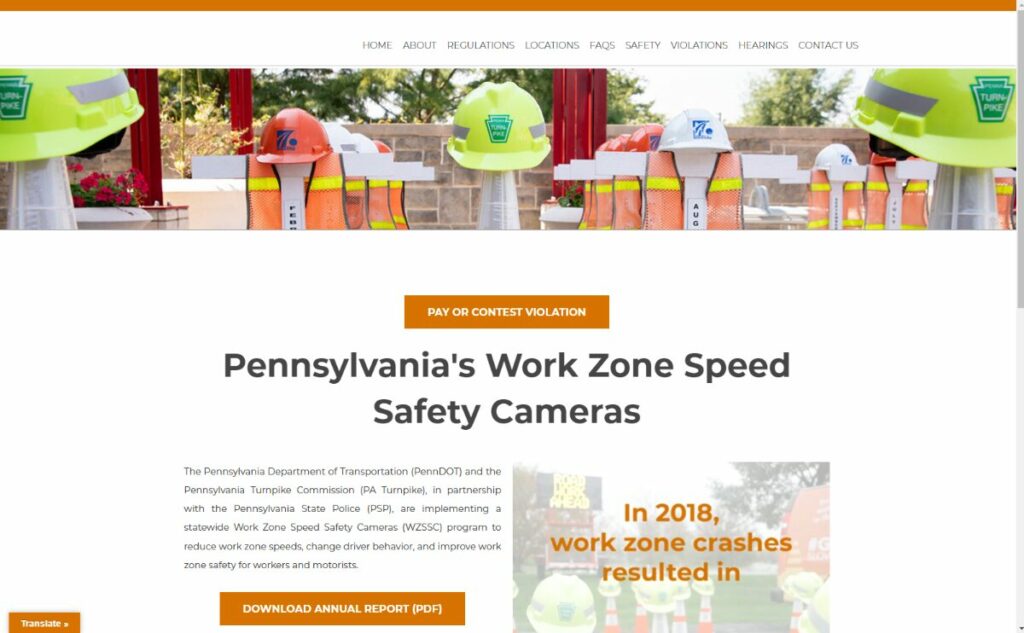
The state of Pennsylvania launched a statewide work zone speed camera program on March 15, following a five-year pilot program on automated enforcement in work zones. The pilot program showed a 38% reduction in speeding, 47% reduction in excessive speeding, and 50% reduction in work zone crashes with the presence of speed enforcement. Pennsylvania Governor […]
36 States Sign On as U.S. DOT Allies in Action
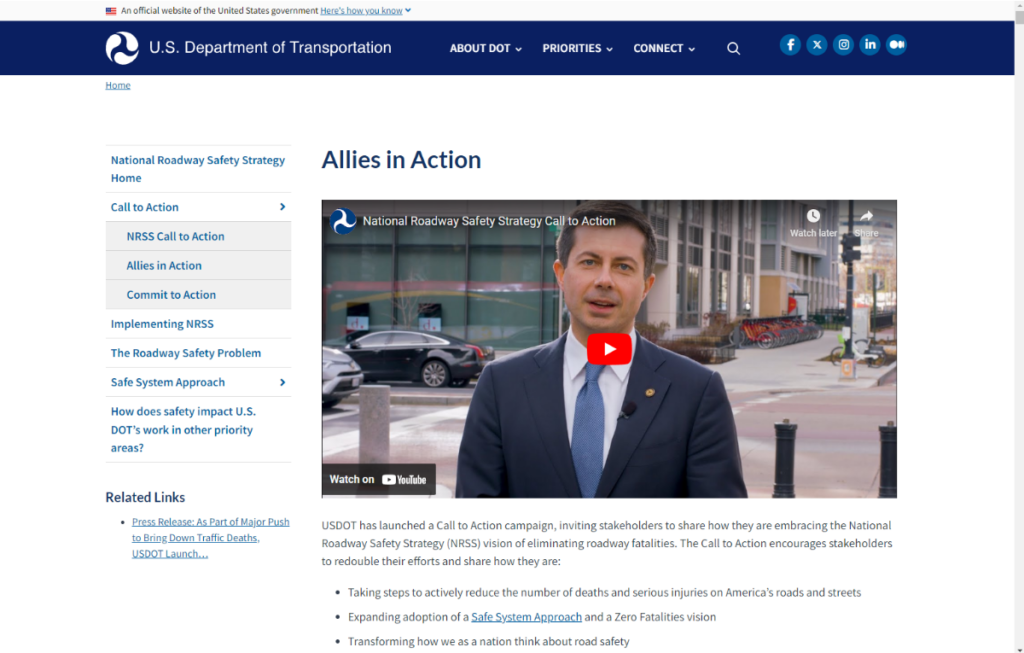
As of February, 36 state and territory departments of transportation and highway safety offices have committed to be “Allies in Action.” The U.S. DOT National Roadway Safety Strategy, now in its third year, has more than 160 partners who are committed to take measures this year to: As Allies in Action, state traffic safety practitioners […]
Inside AASHTO’s Safety Summit: Taking Action to Tackle Traffic Fatalities
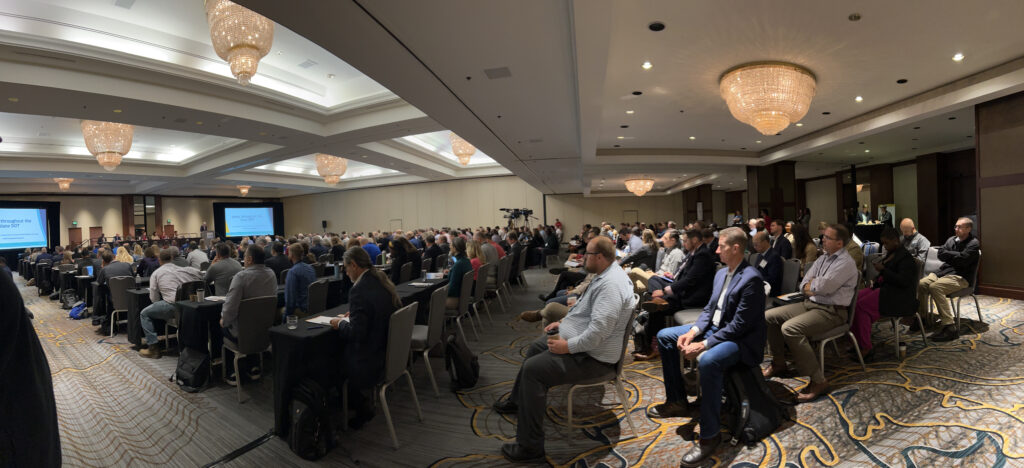
Faced with rising numbers of fatalities from traffic crashes, state departments of transportation (DOTs) have developed an action plan to reverse the trend. The AASHTO Safety Action Plan will be one of the outcomes of the AASHTO Safety Summit held in October in Kansas City, Missouri. Following the Summit, the AASHTO board of directors […]
New Safe System Case Study: Asking the Right Questions

Missouri Department of Transportation’s Safety Assessment for Every Roadway (SAFER) The Missouri Department of Transportation (MoDOT) is working to include a proactive safety assessment in every transportation project. To that end, they developed SAFER, a series of questions and considerations that facilitate discussions about safety within every project at MoDOT. SAFER is used to ensure […]
GHSA Adopts New Roadway Safety Priorities, Including Support of Lower State BAC Limits, Equity, Safe System Approach
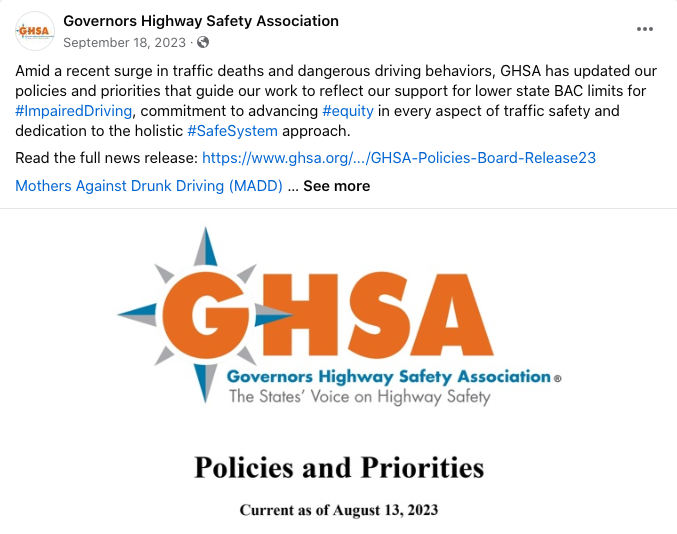
At their annual meeting in September, the Governors Highway Safety Association (GHSA) unanimously revamped its Policies and Priorities to tackle the rising fatalities and dangerous driving behaviors. The update champions a lower Blood Alcohol Content (BAC) limit, endorsing a shift from .08 to .05. GHSA also reaffirmed its focus on equity as a guiding principle […]
Save the Date: AASHTO Safety Summit

October 17-19, 2023 Kansas City, Missouri The AASHTO Safety Summit and joint meeting of the Committee on Safety, Council on Active Transportation, and Committee on Planning is set for this October 17-19 in Kansas City, Missouri. The summit will bring together transportation leaders and practitioners to discuss expanding safety efforts across state departments of transportation. At the […]
New: NHTSA-FHWA Guide on Speed Safety Cameras
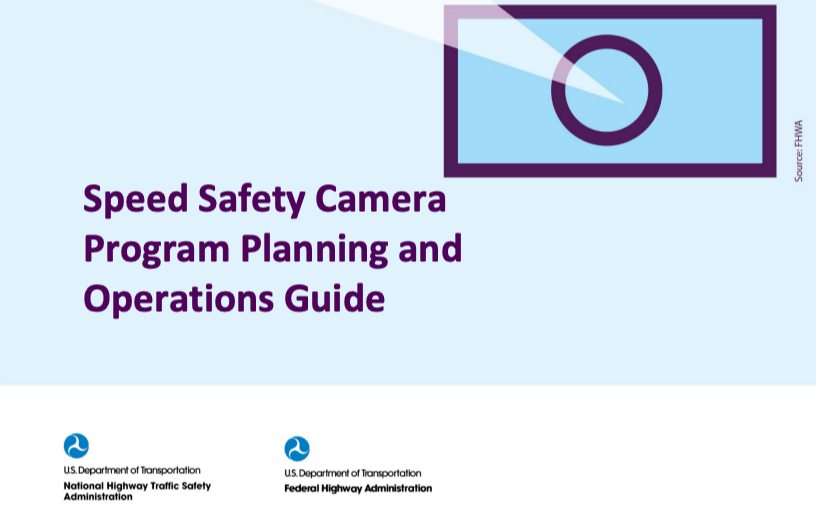
FHWA and NHTSA recently published an updated Speed Safety Camera Program Planning and Operations Guide. This update emphasizes speed safety cameras (previously known as automated speed enforcement, photo enforcement or photo radar) as a component of a comprehensive speed management program, integrating equity and transparency throughout program planning, operations, and evaluation. Speed safety cameras can be an […]
New case study on equity

The Maricopa Association of Governments (MAG) in Arizona is transforming project prioritization and evaluation by incorporating equity into safety programs. See the new case study to learn how MAG is: Read the case study here
FHWA Guide on the Safe System Approach for the Urban Core
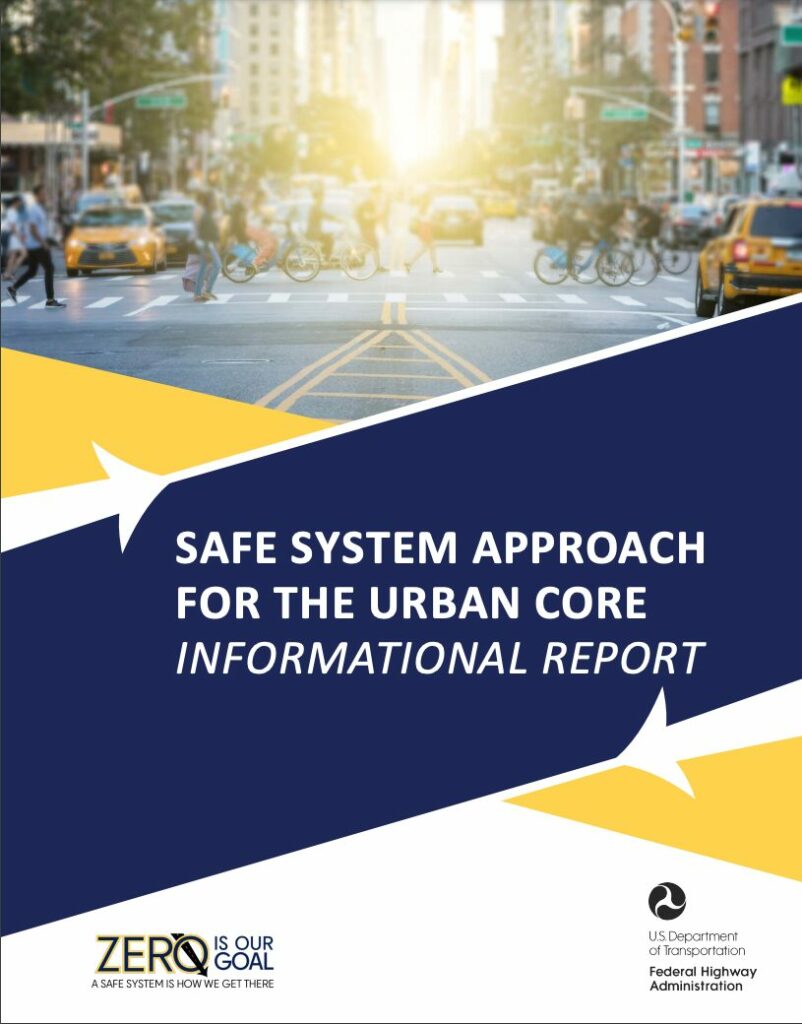
The U.S. Department of Transportation adopted the Safe System Approach in 2022 as the guiding paradigm to address roadway safety as part of its National Roadway Safety Strategy. The new FHWA Safe System Approach for the Urban Core informational report compiles knowledge on applying the Safe System Approach in urban cores, providing practical insights and case studies.

